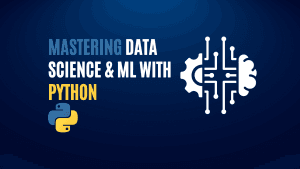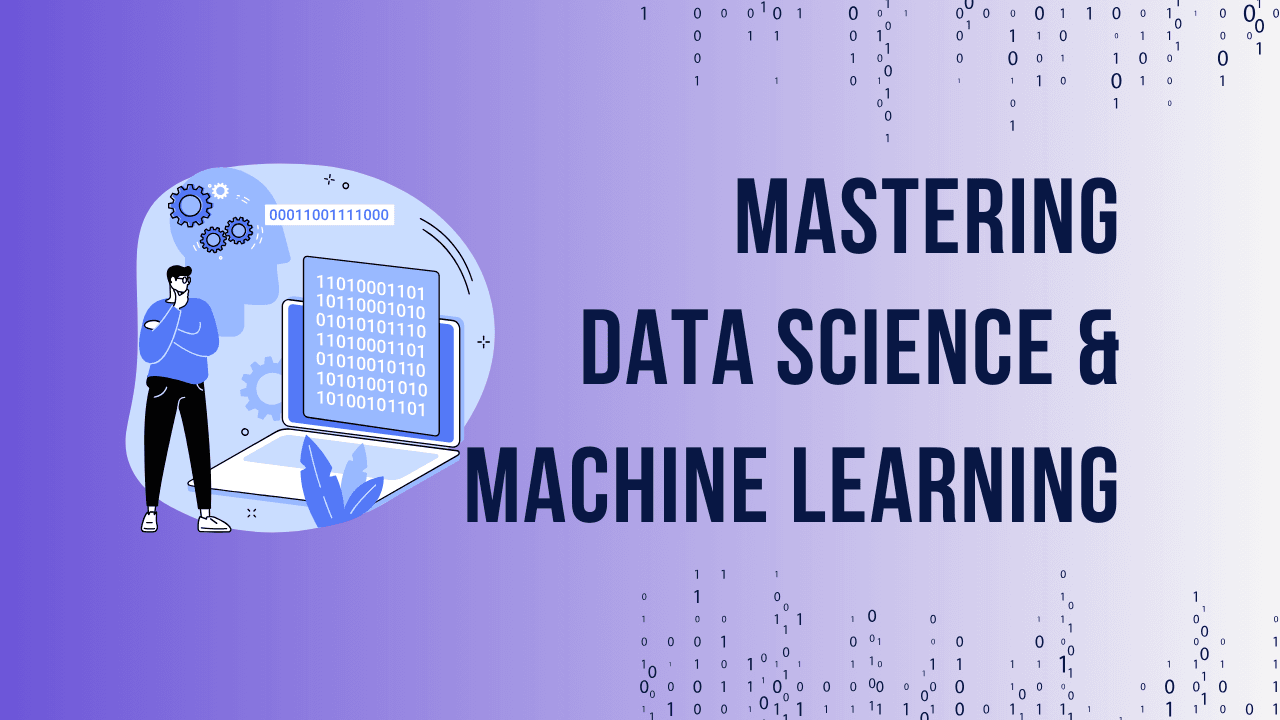The programming for data science that one chooses in the rapidly changing field of data science is very crucial. It is, thus, vital to be well-informed about the strengths and weaknesses of each programming language. By doing so, we will be able to find out more popular programming languages for data scientists and know their respective advantage as well as applications.
Table of Contents
TogglePython: The Indispensable Programming for data science
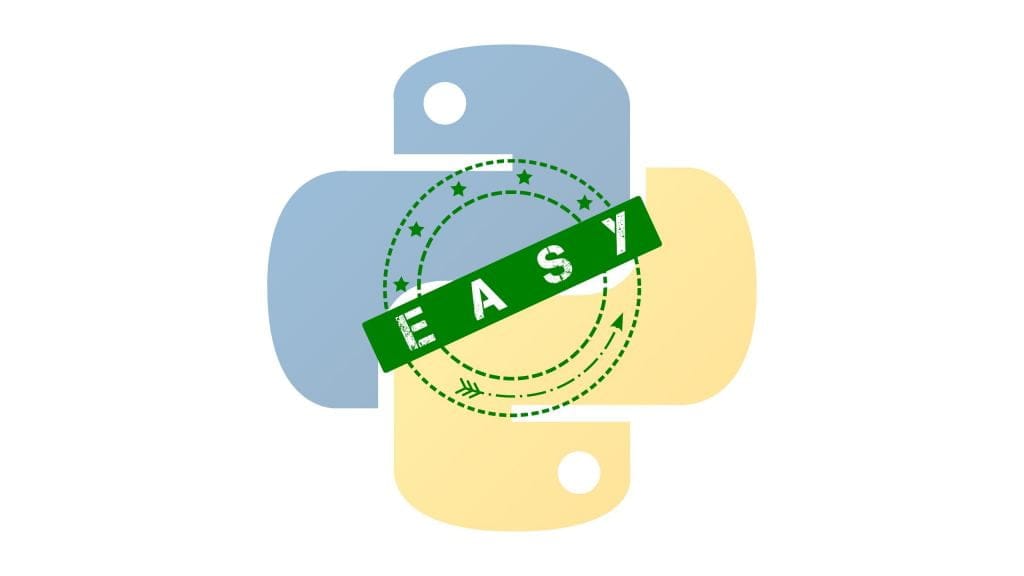
When it comes to data scientist, Python is always rated as the first choice among many programmers. Its simplicity, versatility and wide range of library support make it an ideal option for both amateurs and professionals with prior experience. Moreover, python’s intuitive syntax makes code development faster and enhances ease of its interpretation which in turn fosters cooperation in projects related to data science.
With libraries like Numpy, Pandas, or Matplotlib, Python has robust capabilities for handling datasets, analyzing them and visualizing derivatives. In addition it perfectly combines with machine learning frameworks such as TensorFlow and scikit-learn thus helping create a model quicker.
Ready to take you Data Science and Machine Learning skills to the next level? Check out our comprehensive Mastering Data Science and ML with Python course.
R: Statistical Analysis

R is another language used for statistical analysis and data visualisation. It has a full suite of packages for statistical modelling so is perfect for researchers and statisticians. R’s statistical libraries like dplyr and ggplot2 allow data scientists to do complex analysis and create beautiful graphs with ease.
R is a great environment for exploratory data analysis, hypothesis testing and advanced statistical modelling. It’s interactive so you can try out algorithms and see the results in real time and get a deeper understanding of the data.
Java: Scalability and Enterprise
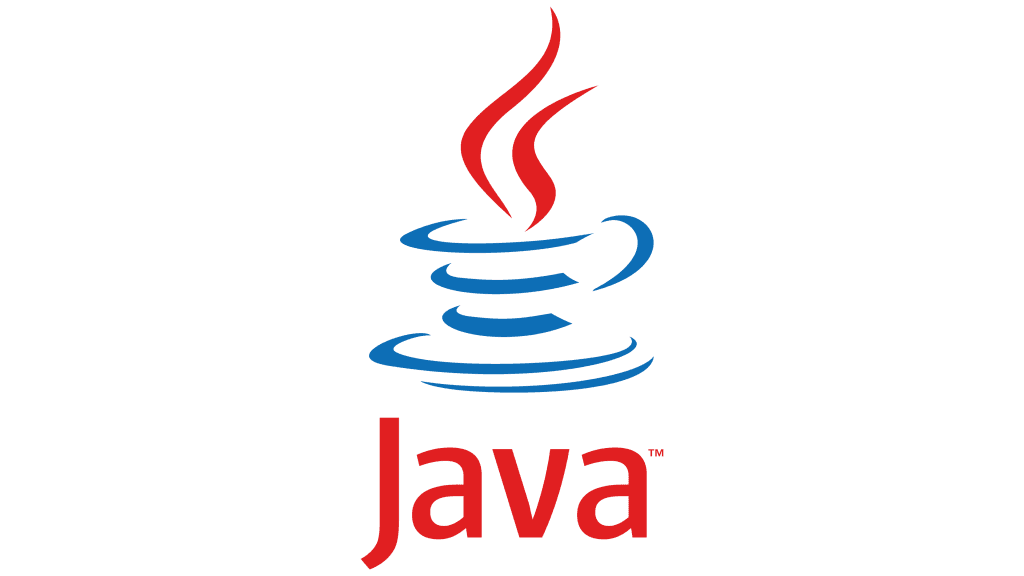
While Python and R are the data science darlings, Java is still a strong contender especially for enterprise level applications. Java’s scalability, reliability and support for big data processing makes it a great choice for handling large datasets and building data driven applications.
Java’s ecosystem has powerful tools like Apache Hadoop and Apache Spark for distributed computing and parallel processing of data. And Java’s strong typing and object oriented paradigm gives a solid foundation for building complex data pipelines and scalable machine learning models.
Scala: An integration of Functional and Object-Oriented Programming
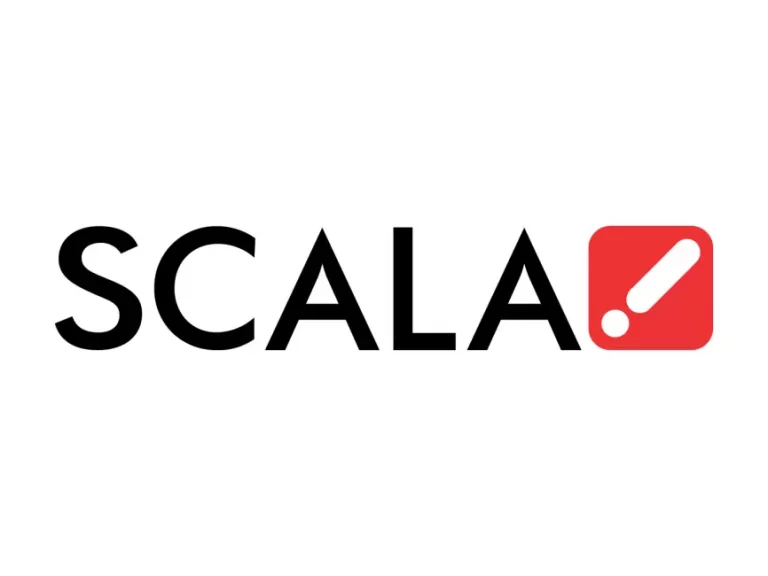
Scala, which is a language developed on top of Java, represents the best of both futures of a functional and object oriented programming. Being an object-oriented language, Scala provides some of the functional programming facilities and the simple syntax of the language is a plus for data scientists.
The languages grasp distributed computing concepts like libraries into One and are also integrated with existing Java frameworks such as Apache Spark. It is compatible with Java that opens a door to a wide array of libraries and tools, which adds to its functionality in data science applications.
Conclusion:
Deciding on the most proper language for data science involves a number of things including the specific project and the working individual’s preferences and the relevant domain. Python remains the most preferred because of its flexibility and collection of compatible associated libraries. Still, all four languages, namely R, Java, Scala, and Julia, have their fall and strengths.
Last but not the least, the requirements and needs of the data scientist should be taken into consideration when choosing the language of work. Thus, by promoting the strengths of these languages and by paying attention to the future developments in the given field, one can stay all float in the context of data science.
Ready to take you Data Science and Machine Learning skills to the next level? Check out our comprehensive Mastering Data Science and ML with Python course.


